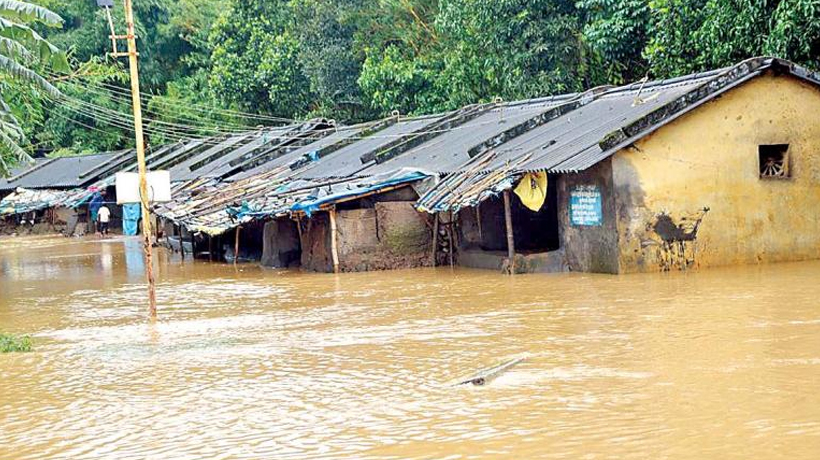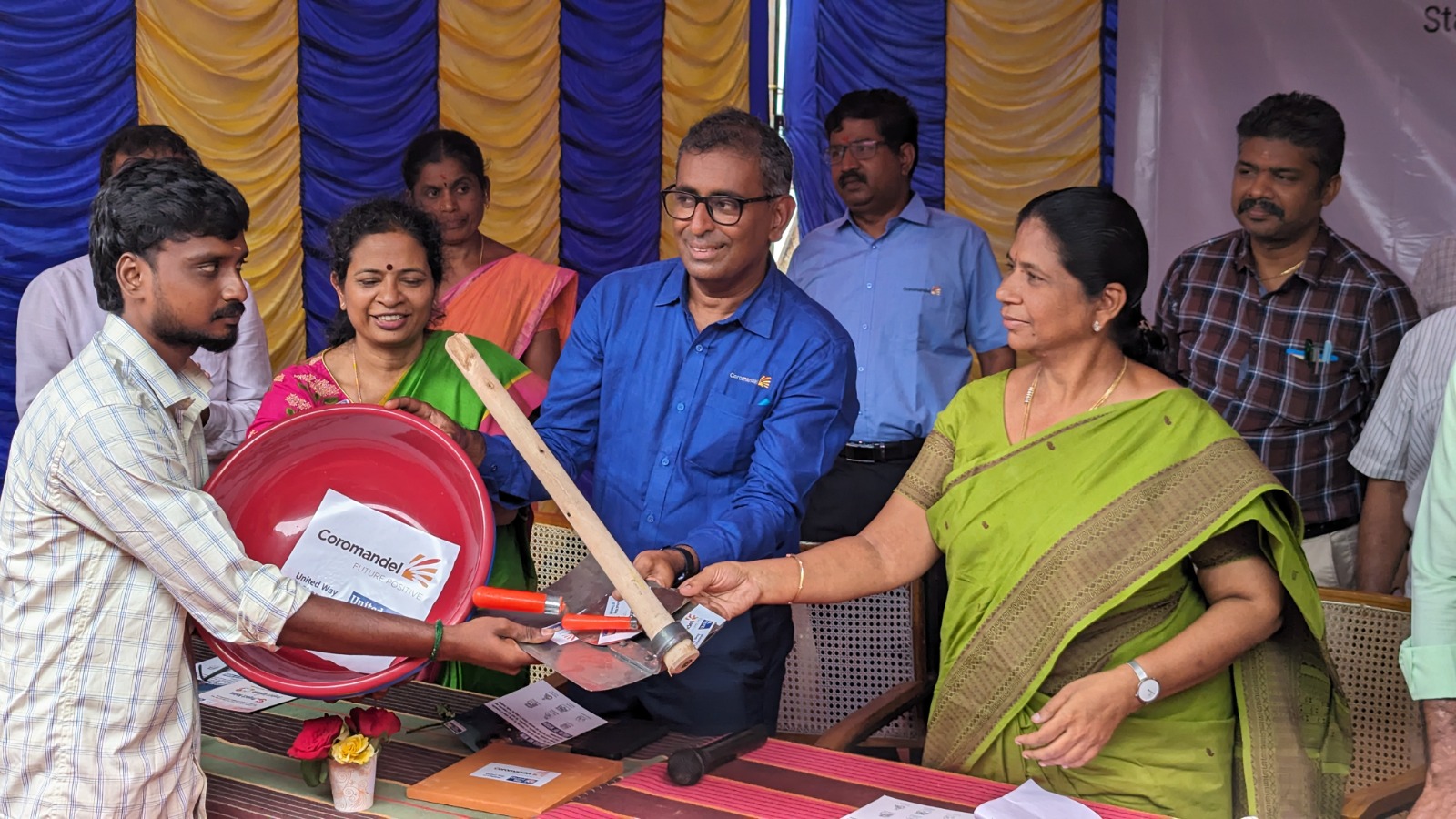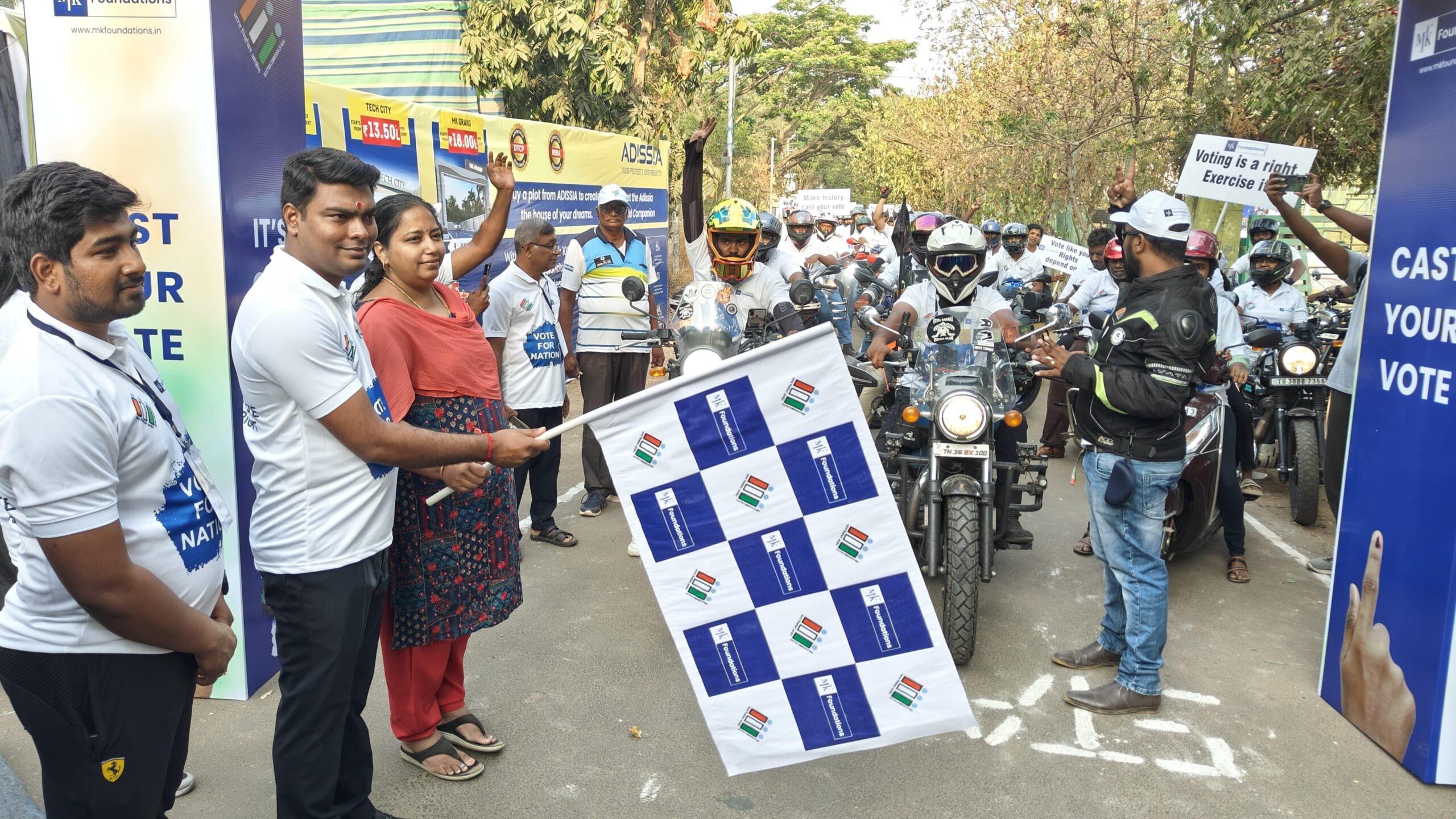Trending Now
- IPL 2024 begins with a bang. First contest between CSK and RCB.
- Election commission allots mike symbol to Naam Thamizhar Katchi
- AIADMK promises to urge for AIIMS in Coimbatore, in its election manifesto.
- Ponmudi becomes higher education minister.
India News
How disaster-ready can India be and are we ready to join hands?
![]() October 30, 2019
October 30, 2019
India has faced some of the worst disasters. Preparedness, prevention and mitigation are the key areas to focus, says Hari Balaji V R, National Consultant, Disaster Management and Humanitarian Response.
Every disaster shatters the lives of people when they are not prepared. We have witnessed what happened to Tamil Nadu during the 2015 floods, Gaja Cyclone and how Kerala suffered in the 2018 and 2019 floods and landslides in spite of being prepared for such disasters.
This is the case in other parts of India and the world. Visualise the trauma and damage disasters caused to the vulnerable population and marginalised community.
Preparedness and prevention/mitigation are the key areas to focus. Community-based early warning system is crucial. Revamping of panchayat and district disaster management plans on a half-yearly and quarterly basis, rigorous training coupled with simulation exercises for five core departments (public health, police, fire and rescue, local bodies and revenue) involved during disasters can only help us out.
Basic training for field level staffs such as village head nurses on triage process must be made mandatory. Prepositioning of required amount of safe delivery kits will avoid miscarriages and delivery related deaths. Ensuring that enough number of evacuation camps in each district is in habitable condition as per core humanitarian standards avoids last minute panic.
Enough quantities of medication including anti snake venom to be stocked in primary health care centres. Mid upper arm circumference (MUAC) tapes to detect malnutrition among children must be made available as well. Relief kits should also include toys. Mapping of the trained officials who are available during the time of disasters is equally important. Leveraging media including community radio during disasters greatly helps in maintaining connect between the public and the government. Implementing UNFPA’s Minimum Initial Service Package (MISP) takes care of the sexual and gender based violence during disasters. Odisha is a standing proof of that. Over 10,000 human lives were lost during 1999 Super cyclone. But immediate steps taken by Odisha Government helped it face the 2019 Fani cyclone with confidence where only 23 human lives were lost. This was recognised globally and UN awarded it for this.
In the post disaster phase, sectors to focus during disasters are: shelter, livelihood, public health, nutrition, gender, women, children, education, water sanitation and hygiene, heritage and culture, communication and livestock.
Collection centres with proper logistics plan to receive the relief materials and distribute in an orderly fashion to the deserving evacuation centres on a timely manner has to be monitored closely to avoid duplication of efforts and optimal utilisation of the available resources.
Deploying on ground NGOs/INGOs with daily update of online response matrix, interfacing with district administration, accountability to affected populations and localisation will ensure sustainability and smooth transition while the NGOs/INGOs exit after the relief or early recovery phase.
Supporting the efforts of the government in long term restoration in terms of livelihood and shelter sector by NGOs/INGOs has to be discussed with the district administration prior to the commencement.
It is important to embrace best practices followed globally in disaster management, customised to our geographical location’s needs and requirements. Japan’s education system creates awareness from childhood by including the key aspects on preparedness through their curriculum. Singapore which used to be flooded year after year till 1970s adapted underground reservoir system to combat floods after bifurcation from Malaysia during Mr Lee Kwan’s rule. Israel’s constant innovative approach has helped in creating cost effective equipment that are used during disasters. Organised approach of FEMA – Federal Emergency Management Agency, apex body of US similar to that of our NDMA – National Disaster Management Authority helps to maintain evacuation centres in a much better fashion.
Corporates can support through their CSR funding in all three phases of disasters (pre-disaster, inter-disaster and post-disaster) with the recent amendment.
North East monsoon is around the corner. Let’s stay prepared and join hands to create a disaster-resilient India.





















